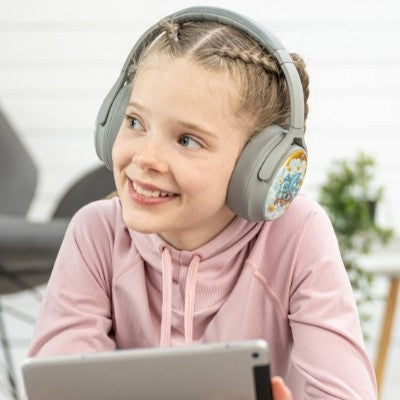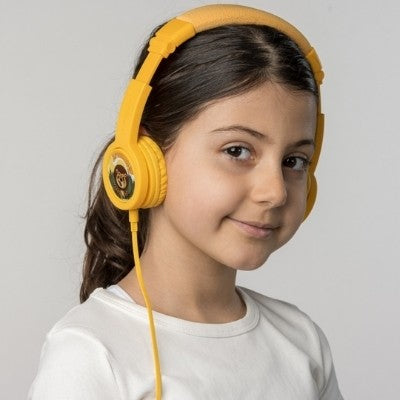Safe Volume

Noise Induced Hearing Loss
According to specialists, exposure to excessive levels of sound is proven to be damaging and can cause adverse long-term effect. When we are exposed to harmful noise, sounds that are too loud or loud sounds that last a long time, sensitive structures in our inner ear can be damaged, causing noise-induced hearing loss (NIHL). NIHL is a common sensory disorder, affecting tens of millions of individuals of all ages in the United States and around the world. With the increased availability and use of personal audio devices for listening to music and risky use at high volume over long periods, the threat of hearing loss due to recreational exposure to noise is a real one.
NIHL is cumulative, invisible, permanent and can be obtained from overexposure to loud noises. It's cumulative because the damage can start when we are young and get worse over time. It's invisible because it can happen without our even noticing it, until it's too late. And it's permanent because we can't "heal" our hearing. The effects of noise are often underestimated because the damage takes place gradually, and there are no externally visible changes such as bruising or bleeding. Therefore, people have traditionally not appreciated the serious impact of NIHL until it’s too late. There is no surgical cure for NIHL. However, once hearing loss begins, its progression can be halted by avoiding further exposure to loud sounds.
How Loud is Too Loud?
Recreational devices such as personal music players are commonly operated at unsafe volumes. The World Health Organization estimates that 1.1 billion young people worldwide could be at risk of hearing loss due to unsafe listening practices. Nearly half of all teenagers and young adults (12−35 years old) in middle- and high-income countries are exposed to unsafe levels of sound from the use of personal audio devices. To reduce the risk of NIHL it’s important to turn down the volume of music systems, use hearing protection devices or reduce loud sounds to a safe level.
Researchers who study hearing loss have found that a person who is exposed to noise levels higher than 85 decibels for a prolonged period of time is at risk for hearing loss. Children are exposed to dangerous levels of noise on a regular basis and many devices that children use have noise levels much higher than 85 decibels. For example, an MP3 player at maximum level is roughly 105 decibels. That's 100 times more intense than 85 decibels and is loud enough to begin causing permanent damage after just 15 minutes per day. Needless to say, listening to portable media devices at high volume levels (above 85 decibels) for long periods of time can cause irreversible damage.

Educational Implications
It’s proven that loud sound exposure from listening to music in adolescence may significantly contribute to communication difficulties in later life. Hearing plays an essential role in communication, speech, language development, and learning. Even a small amount of hearing loss can have profound, negative effects on speech, language comprehension, communication, classroom learning, and social development. Studies indicate that without proper intervention, children with mild to moderate hearing loss, on average, do not perform as well in school as children with no hearing loss. In young children, it impairs language acquisition and learning abilities. Anxiety and attention-seeking behaviors are also common in children exposed to loud sounds. The impact of chronic noise exposure in children is reflected in lowered academic performance and outcomes as well as reduced motivation and concentration.
How BuddyPhones Can Help
According to the WHO most countries of the world still have no legislation to control recreational noise exposure, either for recreational venues or with respect to the maximum output levels of personal audio devices. Therefore it’s up us to stay informed, raise the issue, educate friends, family, and most importantly, to keep our little ones safe.
It's of utmost importance to protect the ears of children who are too young to protect their own. Therefore onanoff created BuddyPhones, designed especially for children with safety in mind. Just as construction workers protect their ears with earplugs, BuddyPhones protect little music-lovers. The nifty headphones are designed with a built-in, volume-limiting circuitry that caps the sound automatically at 85 decibels, which is the level recommended by the World Health Organization (WHO) for kids. Not only are they designed to keep kids safe, but also to give parents a piece of mind, not having to constantly monitor the volume.
Minimizing loud noises is proven to be calming for children with autism, and therefore BuddyPhones is also a viable choice for children with sensitive hearing and attention deficits. BuddyPhones are designed to be used by children of all ages in different situations, anytime, anywhere, and make sure their hearing is protected.








